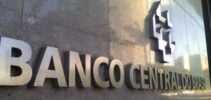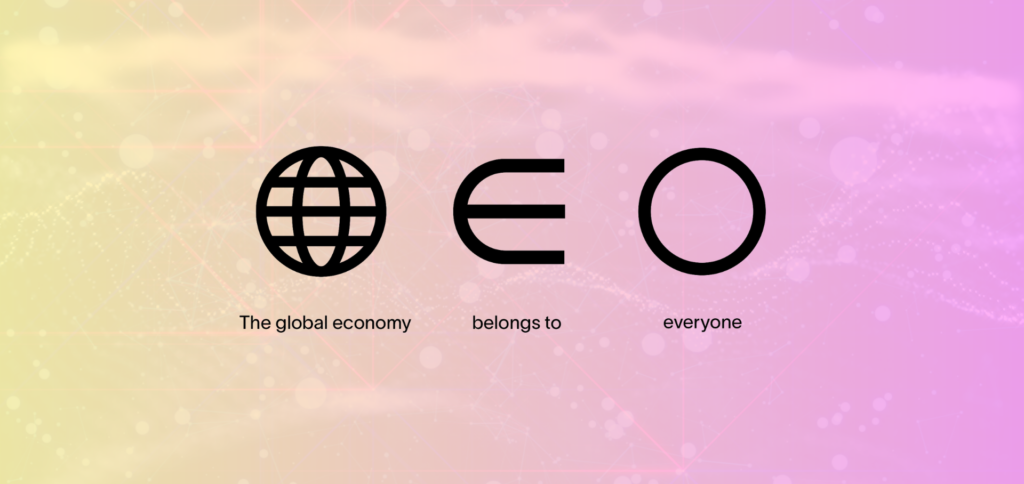“This decision is compatible with the strategy of converging inflation towards the target”, indicated the Copom in a statement released after the second meeting of the year.
ADVERTISING
Lula, in turn, classified, on Tuesday (21), as “absurd” the level of Selic rate which, according to him, hinders investments.
For 2023, the central bank The inflation target is a ceiling of 4,75%, while market projections reach 5,85%, according to the entity's latest Focus bulletin.
The committee's decision coincides with the consensus of a hundred consultancies and financial institutions consulted by the newspaper Valor, who did not expect any changes in the Selic.
ADVERTISING
Thus, the Selic rate it remained at the same level since August last year, when the upward cycle, which began in March 2021, ended, starting from the historic minimum of 2%, established to boost consumption in the midst of the pandemic.
Annualized inflation remained in double digits for several months, but the indicator dropped to 5,6% in 12 months in February.
Fight for growth
Copom guaranteed in its statement that the decision to maintain the rate also implies “fostering full employment”.
ADVERTISING
But, in recent weeks, the government had been increasing pressure on the monetary authority to reduce the Selic rate.
High interest rates make credit more expensive and, in turn, reduce consumption and investments.
“I'm going to keep fighting, I'm going to keep trying to fight so that we can reduce the interest rate, so that the economy can have investment”, stated the president in an interview with the Brasil 247 website.
ADVERTISING
Lula states that high interest rates hinder growth, slowing down investments and job creation, while “we have 33 million people going hungry”.
“The only one who agrees with high interest rates is the financial system, which survives and lives off it and makes a lot of money from speculation”, criticized the president.
But it is not just the government that criticizes the Copom decision. In a note, the National Confederation of Industry (CNI) classified the maintenance of the Selic as “wrong”, noting that such a high interest rate is “unnecessary to combat inflation and only brings additional costs to economic activity”.
ADVERTISING
Another entity to raise its voice against the maintenance of the Selic was the Federation of Industries of the State of São Paulo (Fiesp), whose president, Josué Gomes da Silva, even classified the current level of the Selic as “pornographic”.
In the last quarter of 2022, Brazilian GDP fell 0,2% precisely as a result of the interest rate, but recorded growth of 2,9% in an annual estimate (12 months).
For 2023, even weaker economic growth is expected, at 0,88%, according to the Focus bulletin.
Fiscal uncertainty and external worsening
The Copom highlighted the “uncertainty about the fiscal framework and its impacts on expectations for the trajectory of public debt” as another of the factors that weighed on its decision.
The government postponed until April the presentation of the long-awaited fiscal control framework to replace the rule that stipulated a limit on public spending, the so-called “spending ceiling” currently in force.
Without this framework, the market fears that unrestrained public spending will increase debt and affect the Brazilian economy.
Furthermore, the Copom mentioned the banking crisis in the United States and Europe, which increased “market uncertainty and volatility and requires monitoring”, along with persistent global inflation.
In this scenario, the Federal Reserve (Fed, the American central bank) increased, this Wednesday, the reference interest rates in the United States by a quarter of a percentage point, to the range between 4,75% and 5%, as expected the market.
(To AFP)
Read also
* The text of this article was partially generated by artificial intelligence tools, state-of-the-art language models that assist in the preparation, review, translation and summarization of texts. Text entries were created by the Curto News and responses from AI tools were used to improve the final content.
It is important to highlight that AI tools are just tools, and the final responsibility for the published content lies with the Curto News. By using these tools responsibly and ethically, our objective is to expand communication possibilities and democratize access to quality information. 🤖






